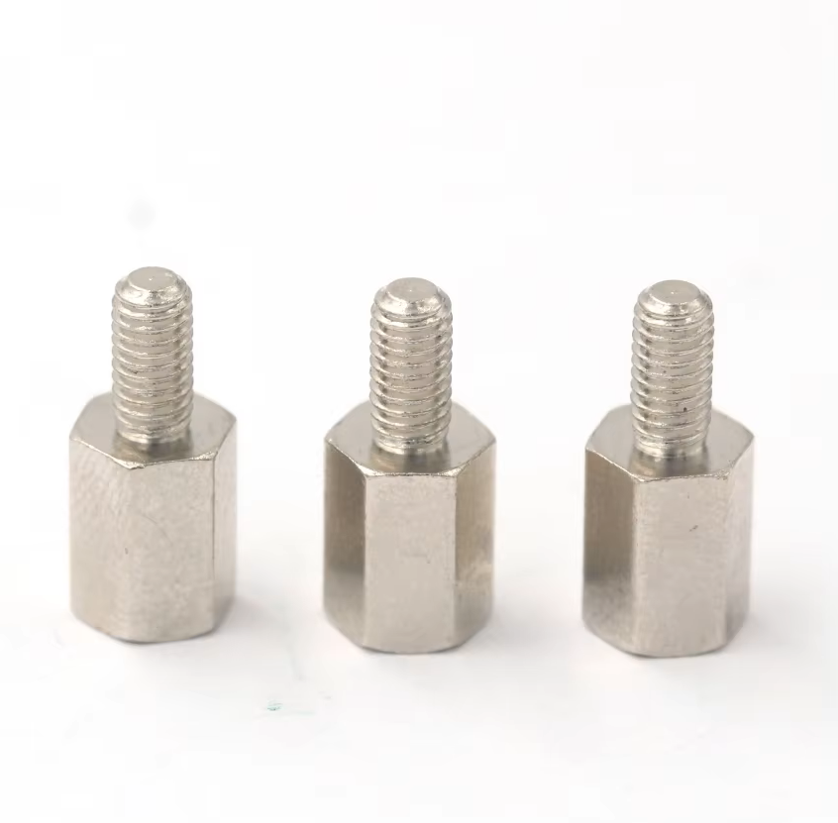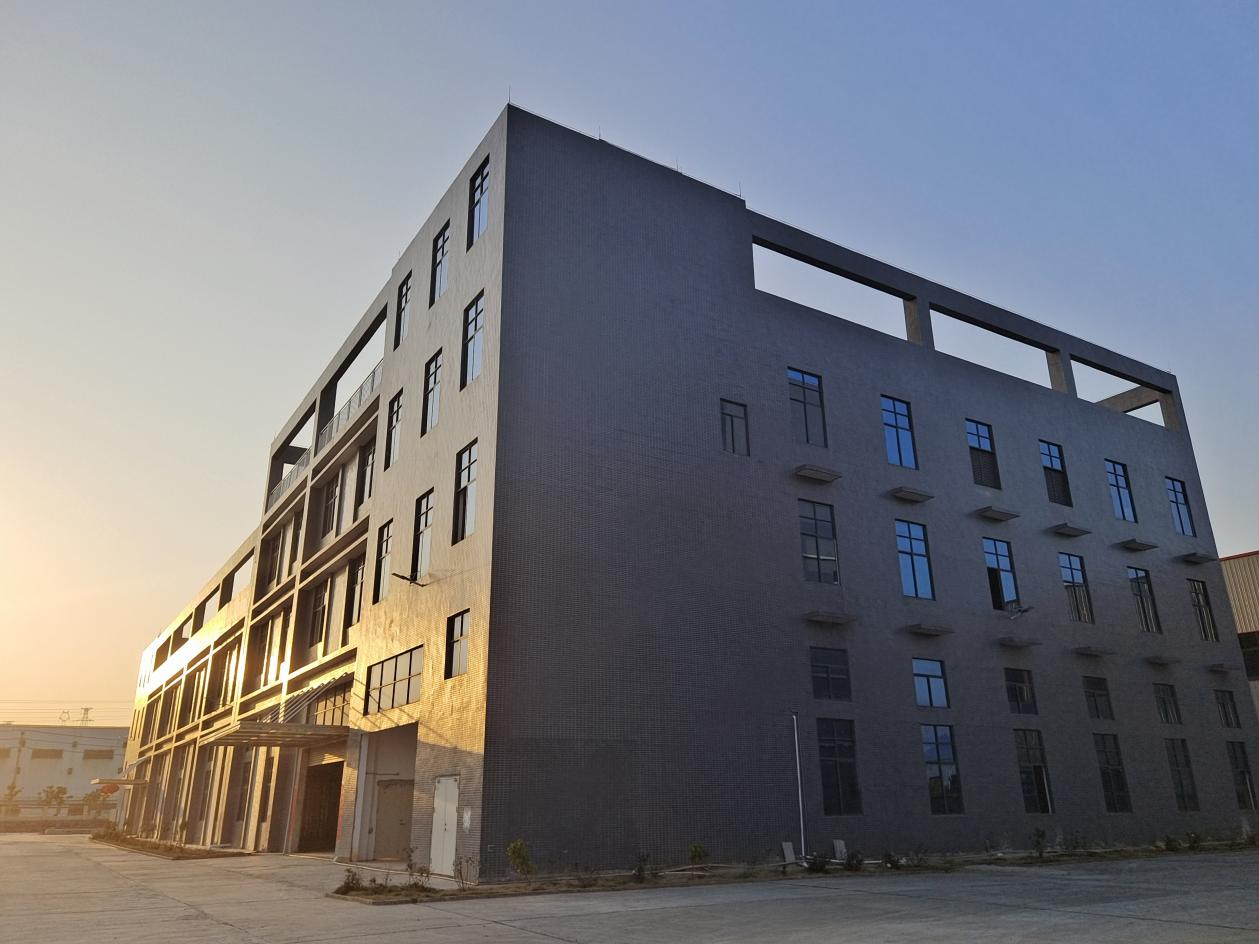
Main Uses of Standoffs
Mounting and Stacking Printed Circuit Boards
This is the most typical purpose of the standoff: they serve several important functions in the assembly of any electronic product:
Space for Components: They raise the PCB from the chassis or enclosure providing necessary clearance or space for solder joints and components, avoiding short-circuiting.
Stacking PCB (Motherboard/Daughterboard): In more complex, multi-function products, multiple PCBs, sometimes referred to as daughterboards, must be stacked in parallel to the motherboard. Standoffs provide a rigid system of spacing a smaller PCB for mounting to a larger motherboard.
Enabling Airflow and Cooling: Standoffs elevate the PCB while maintaining a space around the PCB for airflow underneath it to cool the PCB. This also helps dissipate heat away from the components on the PCB to prevent overheating.
Minimizing Damage from Flexing and Vibration: Standoffs provide an anchor point to hold the PCB securely in place so the stress caused by vibration or flexing of the board is diminished. A delicate trace or components could break.
Providing Ground: Metal standoffs (typically brass or aluminum) are utilized to physically ground the PCB to the enclosure.
Example: In a desktop computer, the motherboard is secured to the case using brass standoffs to provide a firm ground to prevent the solder points on the back of the PCB from touching the metal case and shorting out.

Copyright © Yuhuang Technology Lechang Co., LTD | Privacy policy